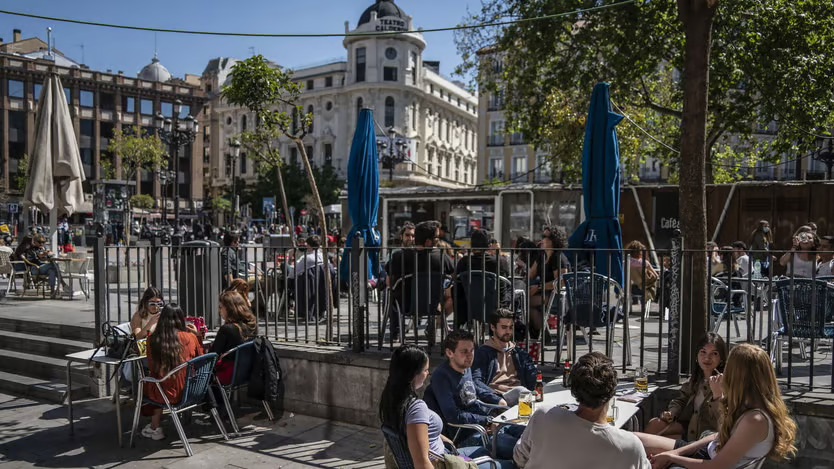“Just to be something, I’ll be a madrileño.” Despite its less-than-stirring sentiment, this line is a part of Madrid’s official hymn, embodying a city that has often just “been something.” In 1561, King Felipe II made Madrid his capital for pragmatic reasons, and its profile dwindled as Spain’s empire declined. However, Madrid is now experiencing a resurgence, attracting tourists and residents alike.
The city’s current moment is marked by a diverse influx of people, including Americans seeking refuge from divisive politics, northern Europeans desiring an easy-living big city, and a significant number of Latin Americans. This foreign population surge, growing by 20% since 2016, positions Madrid as a growing competitor to Miami as the “capital of Latin America.” The Madrid region, richer than Rome and nearly as wealthy as Berlin, has seen a remarkable transformation.
Both the city and regional governments, led by the conservative People’s Party, have welcomed this influx. Initiatives like allowing tax offsets for investments, including property, contribute to Madrid’s appeal. The city’s low-tax, light-regulation approach is championed by regional president Isabel Díaz Ayuso, creating a contrast with the supposedly more restrictive national government.
A pivotal moment came during the pandemic when Madrid, led by Ayuso, stood out for keeping businesses open, fostering a reputation for openness. The city’s attractions include a vibrant cultural scene, with museums, musicals, and a growing gastronomic landscape drawing on Spanish regions. Madrid’s economic significance is also on the rise, accounting for a growing share of Spain’s GDP and attracting the majority of foreign investment.
However, the city faces challenges, primarily in providing housing for its expanding population. The Madrid Nuevo Norte project aims to address this by creating a new district with a mix of housing and amenities around the Chamartín train station. While the project has ambitions for inclusivity, concerns persist about exacerbating existing divisions between affluent and less privileged areas.
As Madrid undergoes rapid change, the question remains whether it can maintain its distinct character. Growth and internationalization inevitably lead to nostalgic sentiments for the “good old days,” but many argue that Madrid has a resilient core that remains true to itself despite ongoing transformations.

